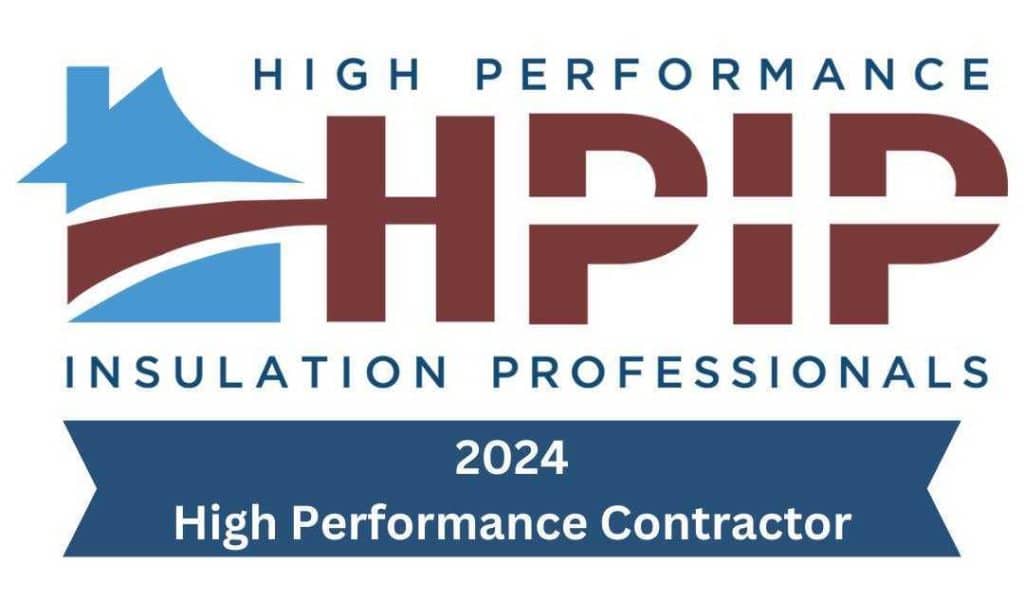At Makeover Insulation, we often hear homeowners ask: “What’s the difference between interior and exterior wall insulation?” It’s a smart question and one that deserves more than a quick answer. This decision affects your energy efficiency, soundproofing, climate control, and even renovation costs. We’re here to clear the confusion with honest, expert insight.
If you’re planning a new build, updating an older home, or just trying to solve persistent drafts or high utility bills, understanding the functional and strategic differences between interior and exterior insulation is essential. Let’s walk through how each type works, where they make the most sense, and how our team at Makeover Insulation helps Georgia homeowners make the best possible choice.
How Interior Wall Insulation Works and When It Makes Sense
Interior wall insulation sits within the cavity of a home’s internal or partition walls. Unlike exterior solutions, it doesn’t involve touching the building envelope or siding. It’s often applied in remodels or when specific interior needs like sound reduction are a priority.
Best Applications for Interior Wall Insulation in Georgia Homes
Interior wall insulation works well for existing homes, especially when you’re updating a specific room. Think home offices, nurseries, or shared walls between units. It’s also less disruptive—no need for scaffolding or exterior siding removal.
We frequently install batt or blown-in cellulose in wall cavities when clients want better sound control or are dealing with inconsistent room temperatures. Interior insulation is also helpful in buildings where local regulations restrict exterior modifications.
Limitations of Interior Insulation And How We Help Overcome Them
Interior wall insulation has some drawbacks. It doesn’t protect against thermal bridging in wall studs and can reduce usable space in tighter rooms. Moisture can also be a concern if not properly managed. That’s why we carefully evaluate each home’s conditions before installation. Our expert assessments ensure we avoid hidden issues like mold risk or poor airflow.
Why Exterior Wall Insulation Often Delivers Stronger Performance
Exterior wall insulation involves insulating the home from the outside, typically by adding a layer of rigid foam or mineral wool beneath the exterior siding. It’s common in new construction or full exterior renovations and offers some unique performance advantages.
Where Exterior Wall Insulation Outshines Energy, Comfort, and Structure
This method creates a thermal break around the entire structure, preventing heat loss through studs (thermal bridging). It’s highly effective for increasing whole-home efficiency and reducing HVAC workload. If you’re already planning exterior updates like new siding or windows it’s a great time to incorporate this kind of insulation.
We’ve helped clients lower their monthly energy bills significantly by combining exterior insulation with high-performance siding. The difference in indoor comfort, especially during Georgia’s hot summers, is noticeable almost immediately.
Why Exterior Wall Insulation Requires Strategic Planning
This method typically requires more time, budget, and coordination. We help homeowners navigate this by timing installations with exterior remodels, avoiding duplicated labor. We also handle code compliance and product compatibility, ensuring everything works together.
Comparing Interior vs Exterior Wall Insulation: What’s Right for You?
Choosing between these approaches depends on your goals, budget, and timeline. There’s no one-size-fits-all answer, which is why every project we take on begins with a detailed consultation.
Key Questions That Guide Our Insulation Recommendations
- Are you renovating inside, outside, or both?
- Do you need better energy efficiency, soundproofing, or both?
- Is your project a retrofit or new construction?
- What are your comfort issues now drafts, noise, uneven temperatures?
We walk through these questions in detail with every client. Sometimes, the solution isn’t choosing one method over the other but combining both for targeted results.
Hybrid Solutions That Combine Interior and Exterior Strategies
In many Georgia homes, especially older properties, we recommend a hybrid approach: interior insulation for sound and room-specific issues, paired with exterior insulation for envelope-wide efficiency. We’ve delivered this solution for clients who wanted to keep interior charm while boosting year-round comfort.
Your Path to a More Comfortable, Efficient Home Starts with Makeover Insulation
Wall insulation is more than a construction detail it directly affects how you live in your home. Whether your goal is lower bills, quieter rooms, or better year-round comfort, the right insulation strategy makes all the difference.
At Makeover Insulation, we don’t just install insulation we help you make informed, lasting choices. Whether interior, exterior, or both, we design every project around your lifestyle and home design.
Call us at (470) 664-5300 or email [email protected] to schedule a free consultation. We’ll walk you through the options and give you a clear, honest plan to move forward no pressure, just smart solutions.
Still Curious? Let’s Dive Deeper with Makeover Insulation
What are the top 10 questions people ask about interior vs. exterior wall insulation and how do we answer them?
1. Which insulation method is more energy-efficient?
Exterior insulation usually wins here. It stops thermal bridging and wraps your home in continuous protection.
2. Is interior wall insulation enough in older homes?
Not always. It helps with comfort but doesn’t address inefficiencies in the wall framing. We often recommend adding exterior layers in these cases.
3. Can you install both types together?
Yes. A hybrid method can be powerful especially for sound control inside and thermal protection outside.
4. Will interior insulation help with noisy neighbors or traffic sounds?
Absolutely. It’s the go-to solution for soundproofing bedrooms, home offices, or shared walls.
5. Is one more expensive than the other?
Exterior insulation typically costs more due to the scope of work. That said, it can yield better long-term savings on energy bills.
6. Can you install insulation without removing drywall?
In many cases, yes. We offer injection foam and dense-pack cellulose options that go in through small holes.
7. What if my exterior can’t be altered (historic home or HOA restrictions)?
Interior insulation is your best bet here, and we’ve done plenty of installs that preserve original aesthetics.
8. Will insulation affect my home’s square footage?
Interior insulation slightly reduces room size, especially in narrow spaces. We account for this in our design.
9. How do you manage moisture with either insulation type?
We always install vapor control layers and assess air sealing to prevent condensation or mold.
10. How do I know which option is right for my home?
Start with an assessment. We’ll review your space, concerns, and goals and provide a plan that fits.




